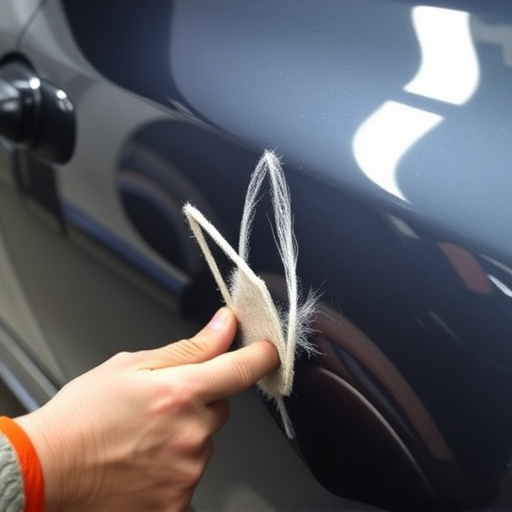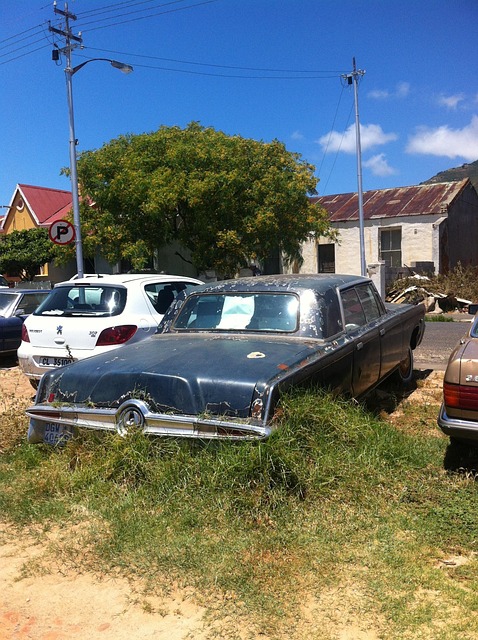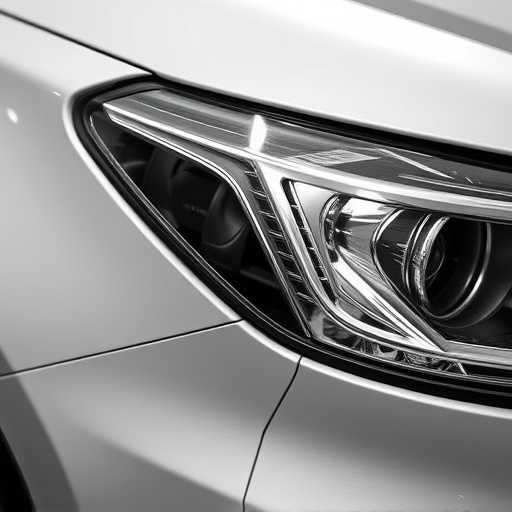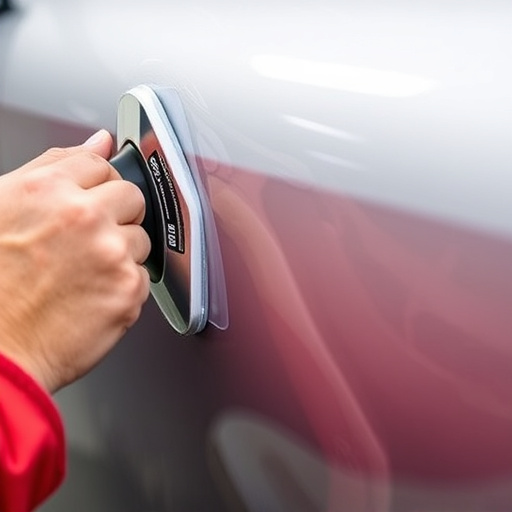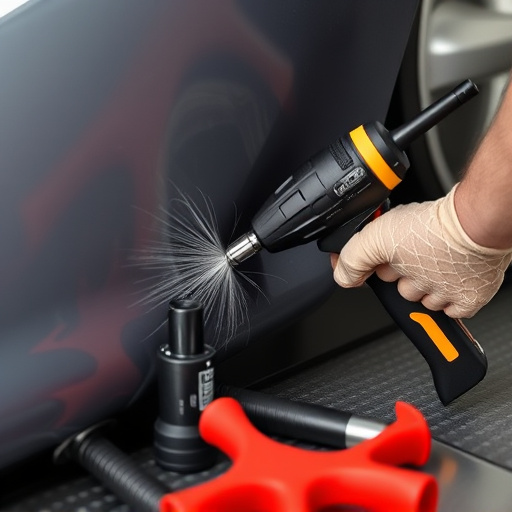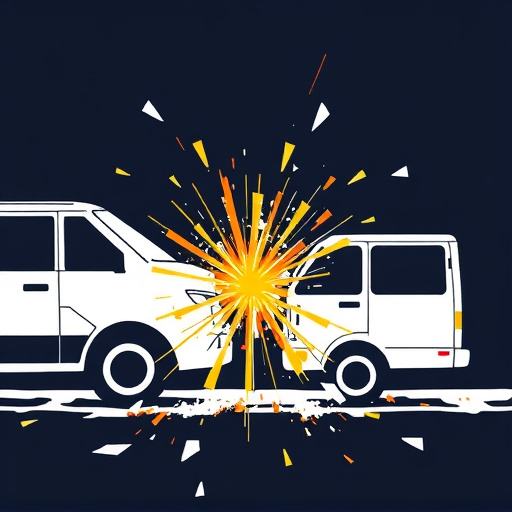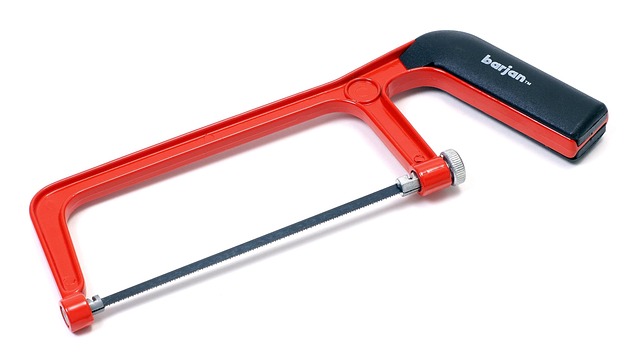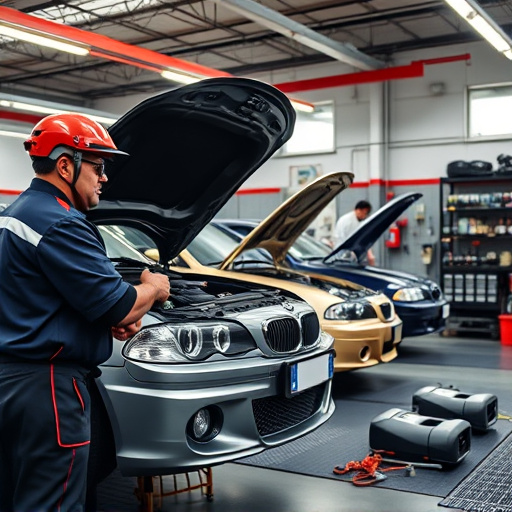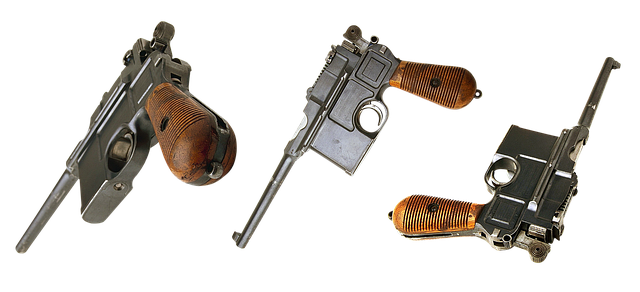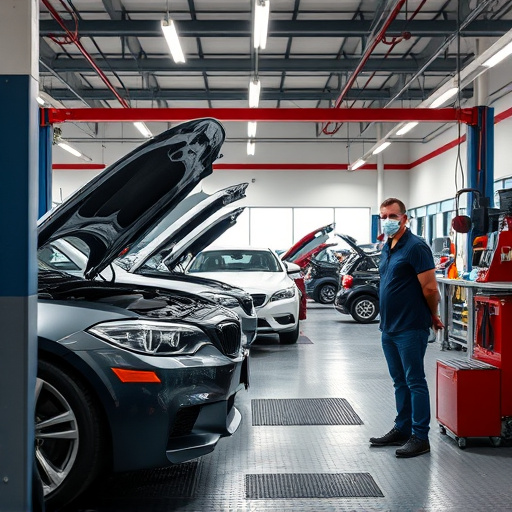Accurate frame damage assessment is crucial for effective collision repair and vehicle safety. It involves visual inspections, advanced tools like laser scanners and 3D imaging, and specialized techniques to identify subtle structural anomalies. This process ensures proper repairs, enhances vehicle stability, and leverages technology for cost-effective solutions in auto body work.
“Ensuring structural integrity is paramount when assessing damaged frames, whether bent, cracked, or twisted. This comprehensive guide delves into the critical process of frame damage assessment, empowering professionals with essential knowledge. We explore common types of frame damage, from subtle cracks to significant twists, guiding readers through visual inspection techniques and advanced assessment methods. By understanding these methodologies, you’ll gain a powerful tool for accurate damage analysis, vital for informed decision-making in construction and renovation.”
- Understanding Common Frame Damage Types
- Visual Inspection: Identifying Cracks and Twists
- Advanced Assessment Techniques for Accurate Damage Analysis
Understanding Common Frame Damage Types
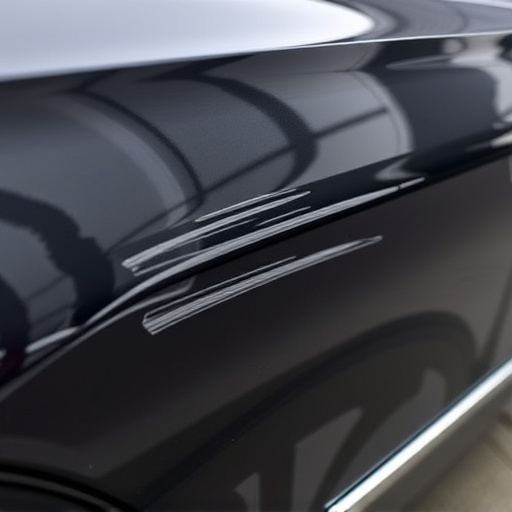
Understanding Common Frame Damage Types
When assessing frame damage in vehicles involved in accidents, recognizing different types of damage is crucial for accurate diagnosis and effective vehicle collision repair. Common frame damage includes bent, cracked, or twisted metal components, often a result of severe impacts during an auto accident. These defects can range from subtle misalignments to significant structural breaches that compromise the vehicle’s overall integrity. Proper frame damage assessment is vital before proceeding with any vehicle restoration efforts.
Professional auto repair shops employ specialized tools and techniques for thorough inspections, enabling them to identify even minute anomalies. This meticulous process involves visual examinations, measurement tools, and advanced diagnostic software to pinpoint areas of concern. Accurate identification of these damage types ensures that every part of the frame is considered during the repair process, leading to a more secure and reliable vehicle restoration.
Visual Inspection: Identifying Cracks and Twists
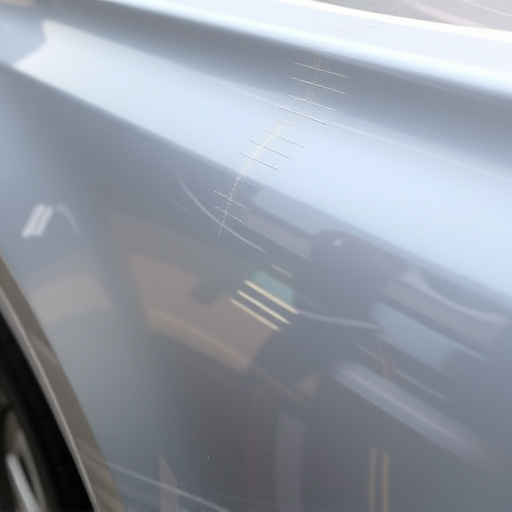
During a frame damage assessment, the first step involves a thorough visual inspection. This critical phase entails carefully examining the vehicle’s frame for any visible signs of cracks, twists, or deformations. Skilled technicians use their keen eye to spot even the subtlest anomalies that could indicate structural integrity issues. Cracks, for instance, might appear as fine lines or noticeable fissures, while twists can be identified by misaligned body panels or uneven gaps between components.
Visual inspection also plays a pivotal role in assessing the severity of frame damage, which is crucial for determining appropriate repair methods. Identifying these defects early on enables automotive body shops to offer effective solutions, such as auto glass replacement or specialized auto glass repair techniques, ensuring the vehicle’s safety and structural soundness.
Advanced Assessment Techniques for Accurate Damage Analysis
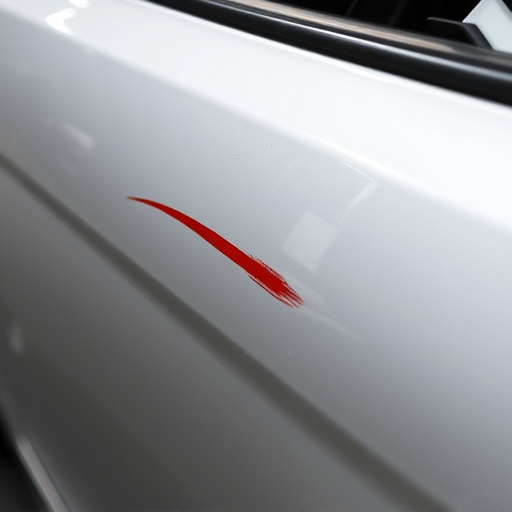
In the realm of automotive body work, accurate frame damage assessment is paramount for effective repairs and safety. Advanced techniques beyond traditional visual inspection include utilizing specialized tools like laser scanners and 3D imaging to capture detailed data of the bent, cracked, or twisted frames. These technologies enable comprehensive analysis by identifying subtle deformities that might be imperceptible to the naked eye. By integrating such innovative assessment methods, auto glass repair specialists and automotive repair experts can ensure precision in damage estimation, facilitating more accurate and cost-effective solutions for frame restoration.
Moreover, advanced assessment techniques play a pivotal role in distinguishing between cosmetic issues and structural damage, which is crucial for determining appropriate repairs. This meticulous approach not only optimizes the quality of auto glass repair but also enhances overall vehicle safety, particularly in cases where twisted frames might compromise structural integrity. In automotive repair, leveraging cutting-edge tools for frame damage assessment is a game-changer, ensuring that every bent or cracked frame receives the precise treatment it requires.
Effective frame damage assessment is crucial for ensuring structural integrity and safety. By understanding common types of frame damage, conducting thorough visual inspections, and employing advanced assessment techniques, professionals can accurately analyze even subtle cracks, twists, or bends. This comprehensive approach allows for informed decision-making, whether it’s repairing, reinforcing, or replacing damaged frames, ultimately contributing to robust and secure structures. For optimal results in frame damage assessment, integrating these strategies is essential.
